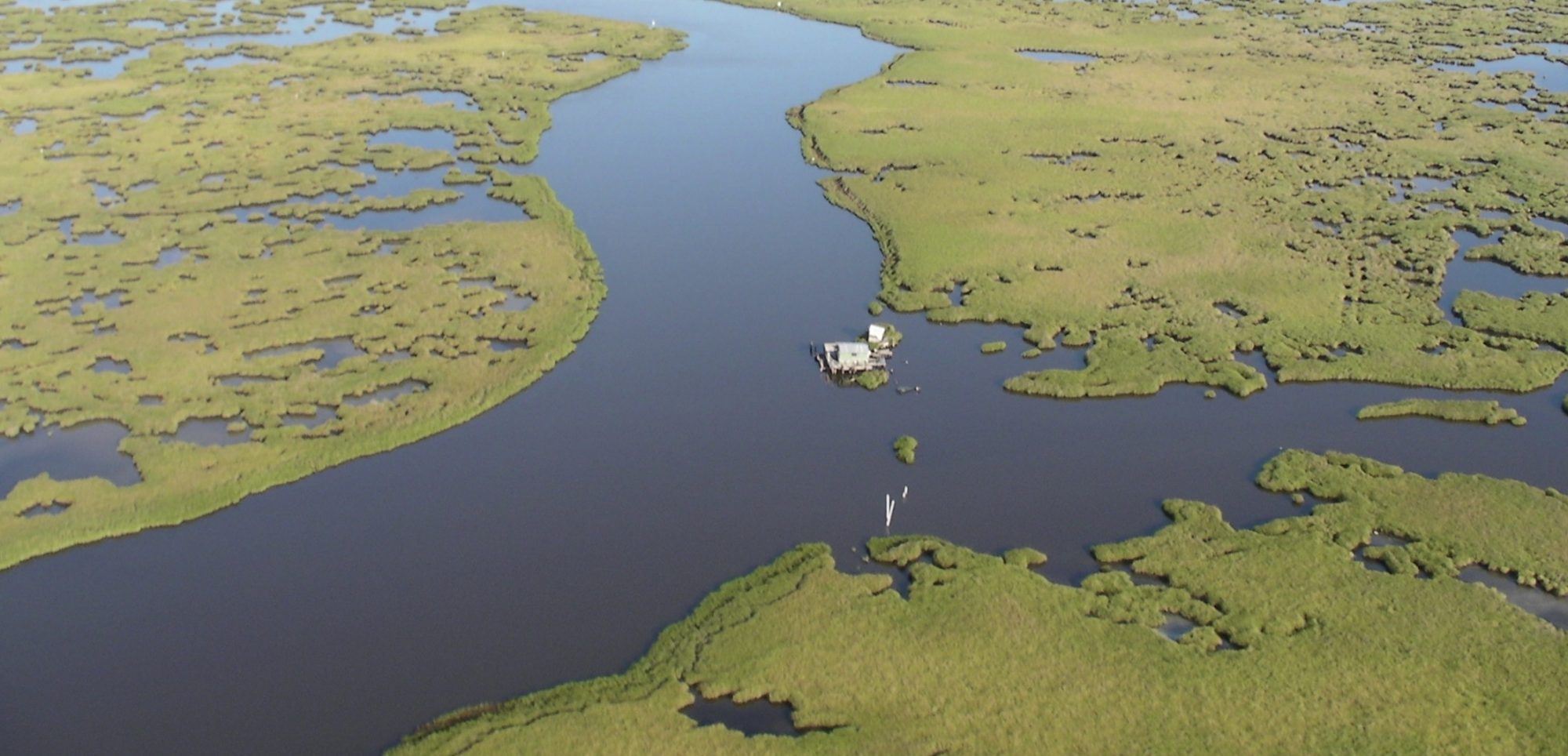
Ph.D. Candidate, Northeastern University
Applying 13CO2 labeling in the field to investigate inundation and fertilizer effects on salt marsh-plant-microbe interactions
Conference Travel Grant Type 2
“To better understand how salt marsh carbon dynamics will respond to environmental change, we must look to the communities of microbes within marsh sediments that are known to regulate biogeochemical reactions. Belowground microbial communities are especially influenced by vegetation because photoassimilated carbon is secreted out of roots, greatly impacting microbial structure and activity within the rhizosphere. One way to assess how rhizodeposits exhibit control on microbes within the rhizosphere is through the application of stable isotope probing (SIP), which allows for labelled photosynthate to be traced into the microbes that consume the rhizodeposits. To understand the effects of sea level rise and nutrient enrichment on Spartina alterniflora rhizodeposit production and microbial community composition, I performed a 13CO2 labeling experiment at North Inlet-Winyah Bay Estuarine Reserve using marsh organs – platforms in the field containing planters at different elevations. S. alterniflora plants in the marsh organs were labeled for five consecutive days for three hours each day before being harvested. Preliminary analyses reveal that leaf, root, and sediment samples from labeled pots are significantly enriched with 13C. Additionally, analyses of porewater samples showed that environmental conditions in pots differed between treatments. By identifying microbes whose proteins are enriched with 13C and comparing them across treatments, we will gain a better
understanding of how sea level rise and fertilizer runoff are affecting carbon cycling in salt
marshes.”
